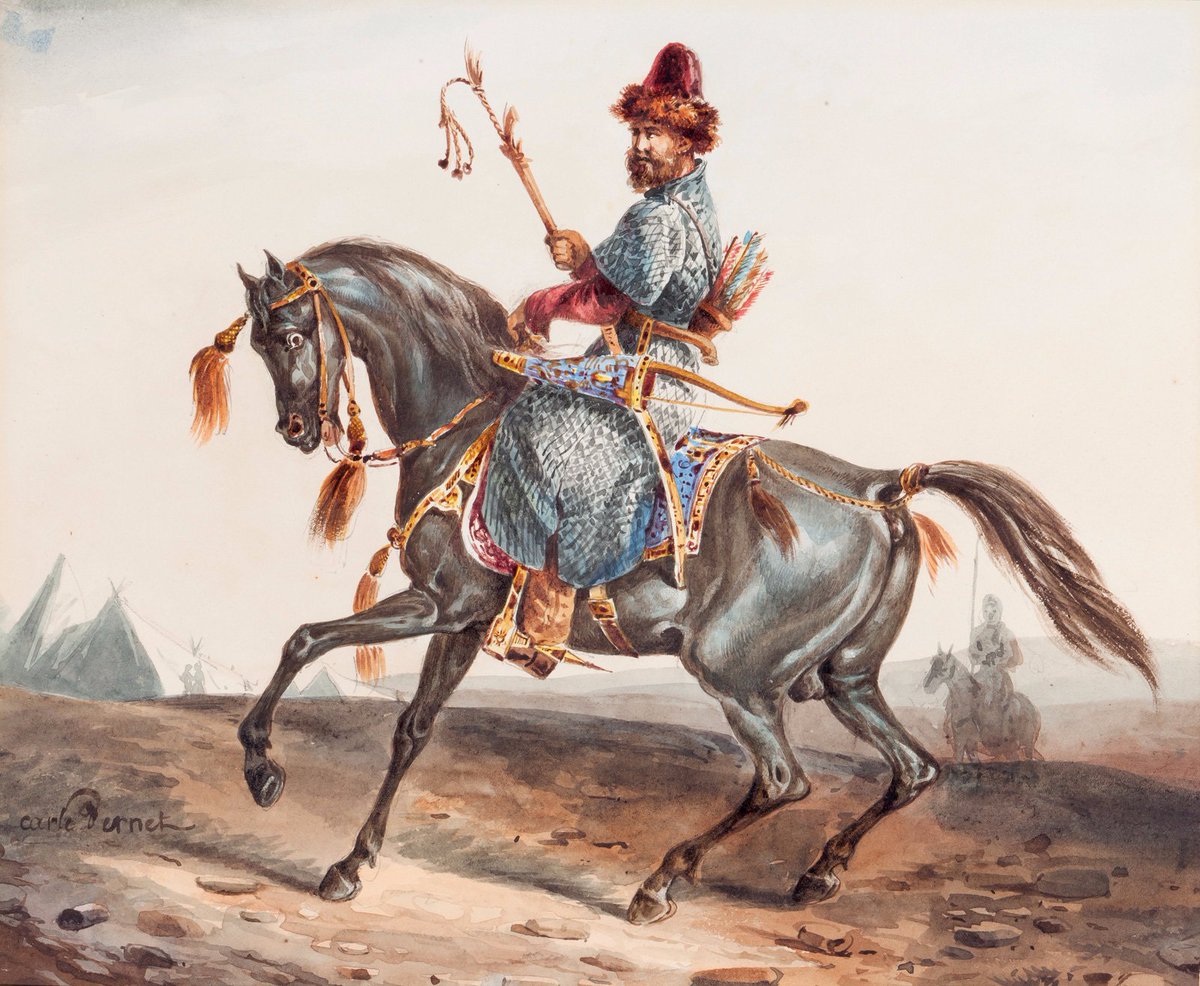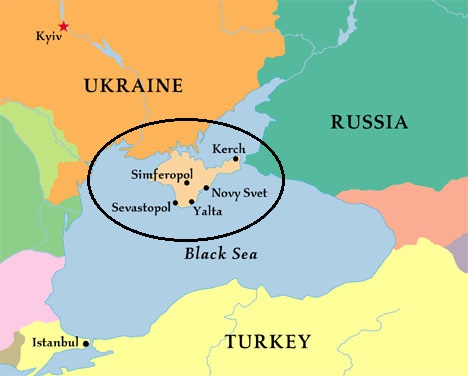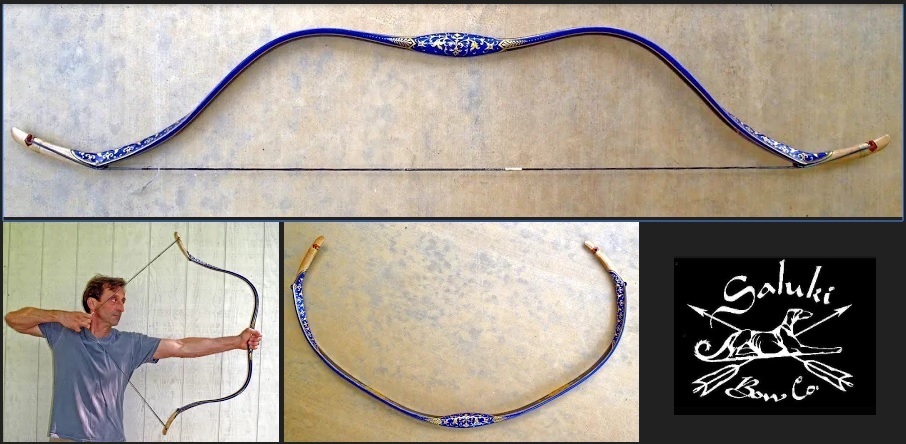Crimean Tatar Bow
Crimean Tatar Bow
The Mongol Empire under Ghenghis Khan assimilated the Tatars, a confederacy of Turkic tribes in the 13th Century. Historically the Tatar tribes inhabited the steppe lands of Eastern Anatolia (Turkey) and Eastern Europe, north of the Black Sea. The amalgamation of Mongol and Turkic tribes in this region became known as the Tatars (also spelled Tartar). The Crimean Tatar bow was used by these fierce nomads to pacify their neighbors for centuries.

During the 13th to 15th centuries, the Crimean Tatars became a vassal state of the then powerful Ottoman Empire. Crimea became a central hub for the trading of slaves with the Ottoman Turks and other powers in the Middle East. The name Tatar was applied to several tribes and groups of people in the middle ages, however, our focus will be on the Crimean Tatars as they were renowned for their bow making and mounted archery. Their weapon of choice was the Crimean Tatar bow, a powerful Asiatic reflex bow.

Geographically, Crimea is identified as the large peninsula jutting into the Black Sea from the north. This area served as a crossroads and geographic hub for the many nomadic migrations throughout history. The Turkic tribes followed the Greeks, Goths, Huns, and Scythians through the lands to the north of the Black Sea. The Tatars were nomadic pastoralists, who, like many inhabitants of the steppe, utilized the horse and bow with great effect.

The Crimean Tatar bow shares many similarities to the Ottoman Turkish bow. Designed for efficiency and power, both the Crimean Tatar bow and the Ottoman bow were primarily a cavalry weapon. The main difference between the Ottoman bow and the Crimean Tatar bow is the size of the bow itself. The latter is typically much longer than the Ottoman bow.
Crimean Tatar Bow Characteristics Summary:
- Static, contact siyahs (the string touches or contacts the siyahs or “ears” of the bow)
- String bridges and relatively sharp forward angle of siyahs
- Deeply reflexed handle (the handle is set back towards the archer)
- Relatively large bow (as compared to the more compact Ottoman bows)
- Popular in Eastern Europe during the late middle ages
- Relatively long draw weight (past 30 inches) as compared to Ottoman bows
- Suitable for shooting massive war arrows
- Primarily a cavalry weapon, used on horseback
Below are two exquisite bows made by Saluki bows. The one on the left is an Ottoman Turkish style bow, and a Crimean Tatar bow is on the right.

Modern Crimean Tatar Bow
The Crimean Tatar bow design emerged as a popular bow amongst traditional archery enthusiasts and horseback archers. Several modern bow manufacturers make a variant of the Crimean Tatar bow. The following examples illustrate various takes on a classic:
Crimean Tatar bow by Saluki Bows. Made from all-natural, traditional materials: wood, horn, sinew, natural glue:
Buy a Crimean Tatar Bow!
A genuine horn bow like the ones produced by Saluki Bows may not be the best choice for all, especially beginner archers. That is why we recommend the Crimean Tatar bow by Flagella Dei:
CLICK IMAGE FOR PRODUCT LINK

